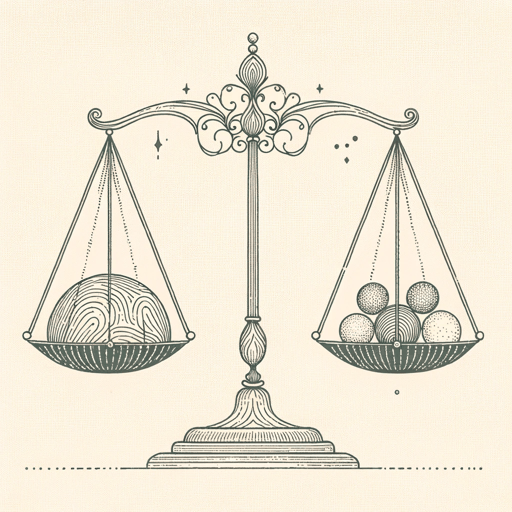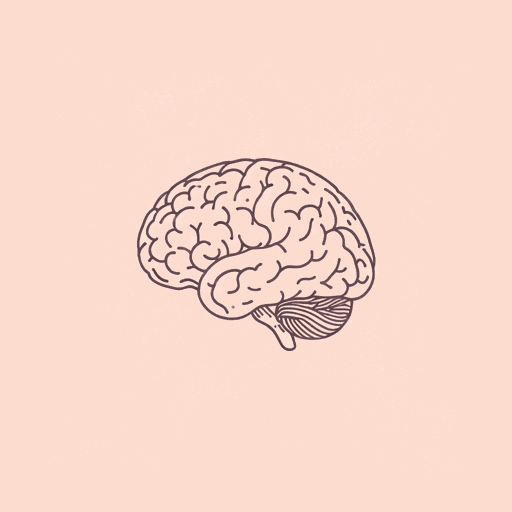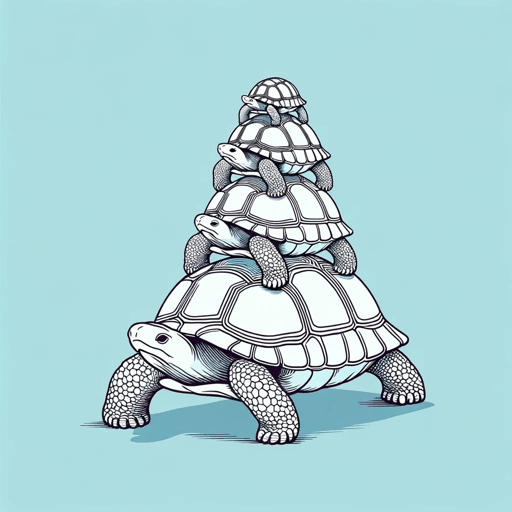66 pages • 2 hours read
Robert M. SapolskyWhy Zebras Don't Get Ulcers: A Guide to Stress, Stress Related Diseases, and Coping
Nonfiction | Reference/Text Book | Adult | Published in 1993A modern alternative to SparkNotes and CliffsNotes, SuperSummary offers high-quality Study Guides with detailed chapter summaries and analysis of major themes, characters, and more.
Chapters 5-8Chapter Summaries & Analyses
Chapter 5 Summary: “Ulcers, the Runs, and Hot Fudge Sundaes”
People who eat more when stressed are called hyperphagic, while those who eat less are hypophagic. The CRH released by the brain suppresses appetite, but glucocorticoids stimulate appetite and cravings for fatty, sugary, starchy foods. Frequent stress that occurs intermittently leads to higher levels of glucocorticoids and, thus, to overeating.
The type of stressor and individual differences in stress-responses or mindsets also impact appetite, with restrained eaters, or those who actively mitigate their food intake, being more likely to become hyperphagic. Apple-shaped is the term applied to individuals who collect more abdominal or visceral fat, while pear-shaped individuals collect gluteal fat on their hips and legs. High glucocorticoid levels are correlated with apple-shaped body types, and apple-shaped individuals have higher rates of cardiovascular and metabolic diseases. Researcher Mary Dallman found that junk food decreases the stress-response, meaning that hyperphagia and visceral fat collection may serve to mitigate stress-responses.
Digestion is an energy-intensive process, using between 10% and 20% of a mammal’s daily energy expenditure. The stress-response shuts down digestion—“Your stomach grinds to a halt, contractions stop, enzymes and digestive acids are no longer secreted, your small intestines stop peristalsis, nothing is absorbed” (79). During extreme stress, contractions in the large intestine increase, and the bowels are voided, often resulting in diarrhea.
Related Titles
By Robert M. Sapolsky




